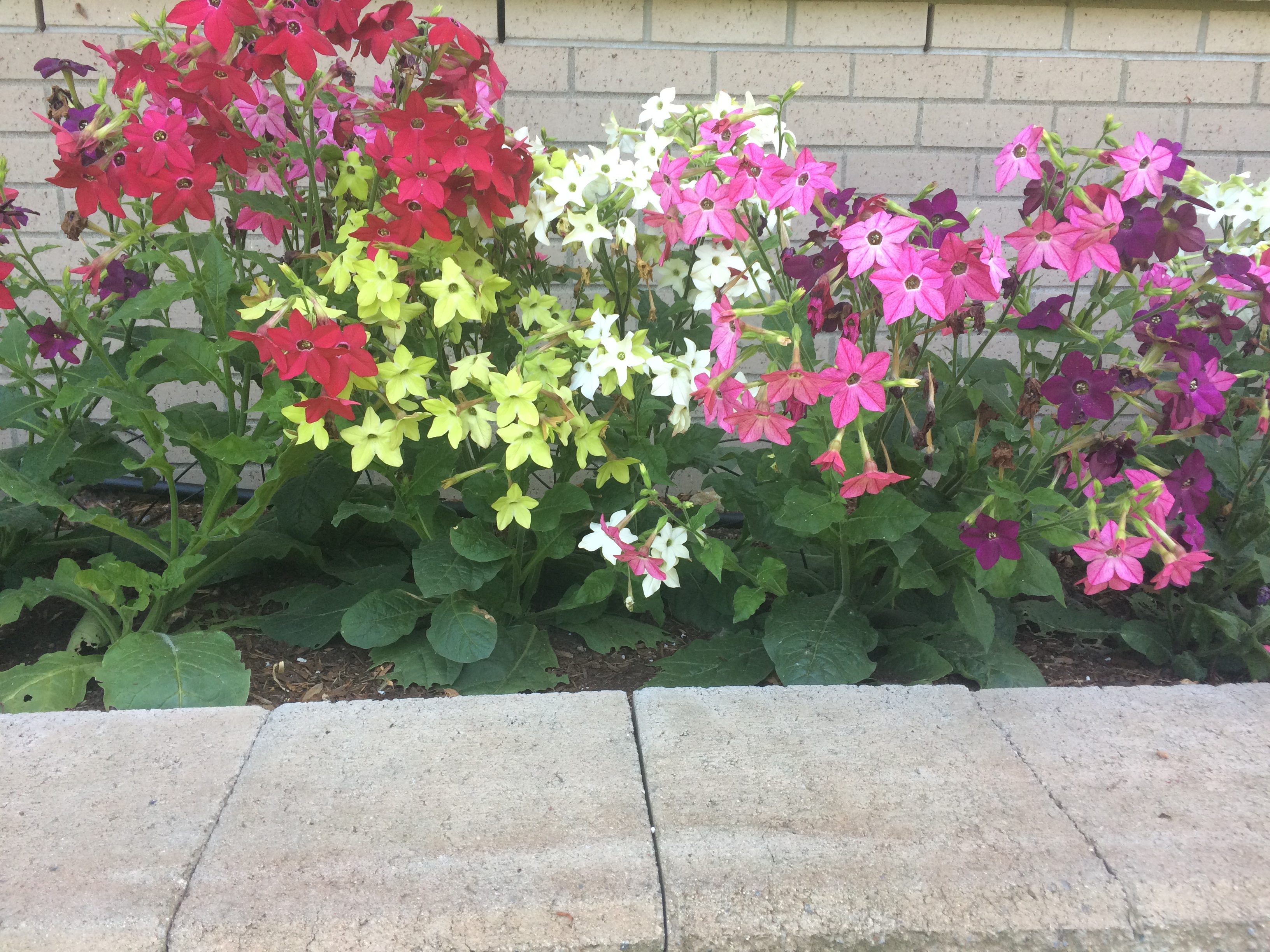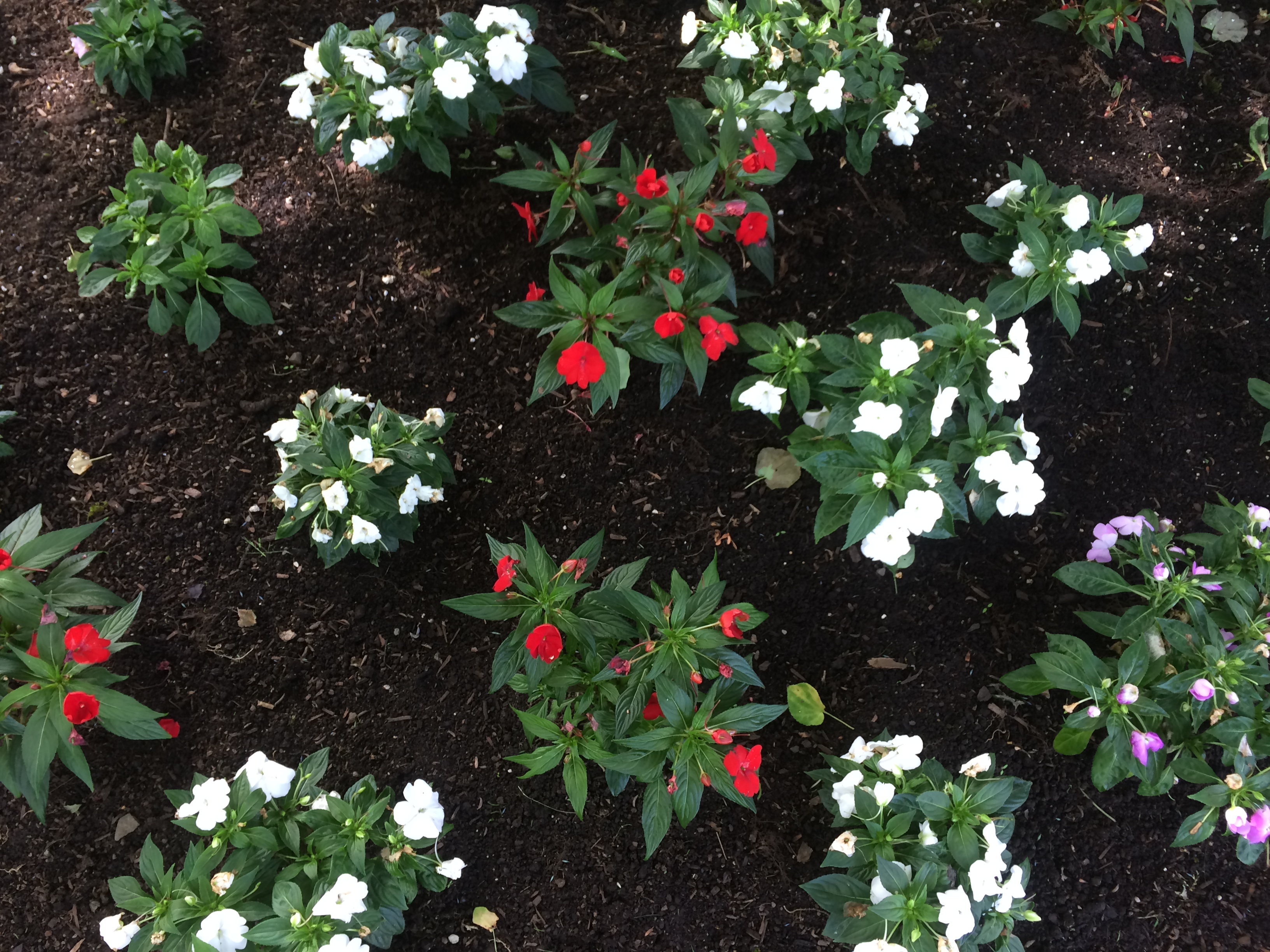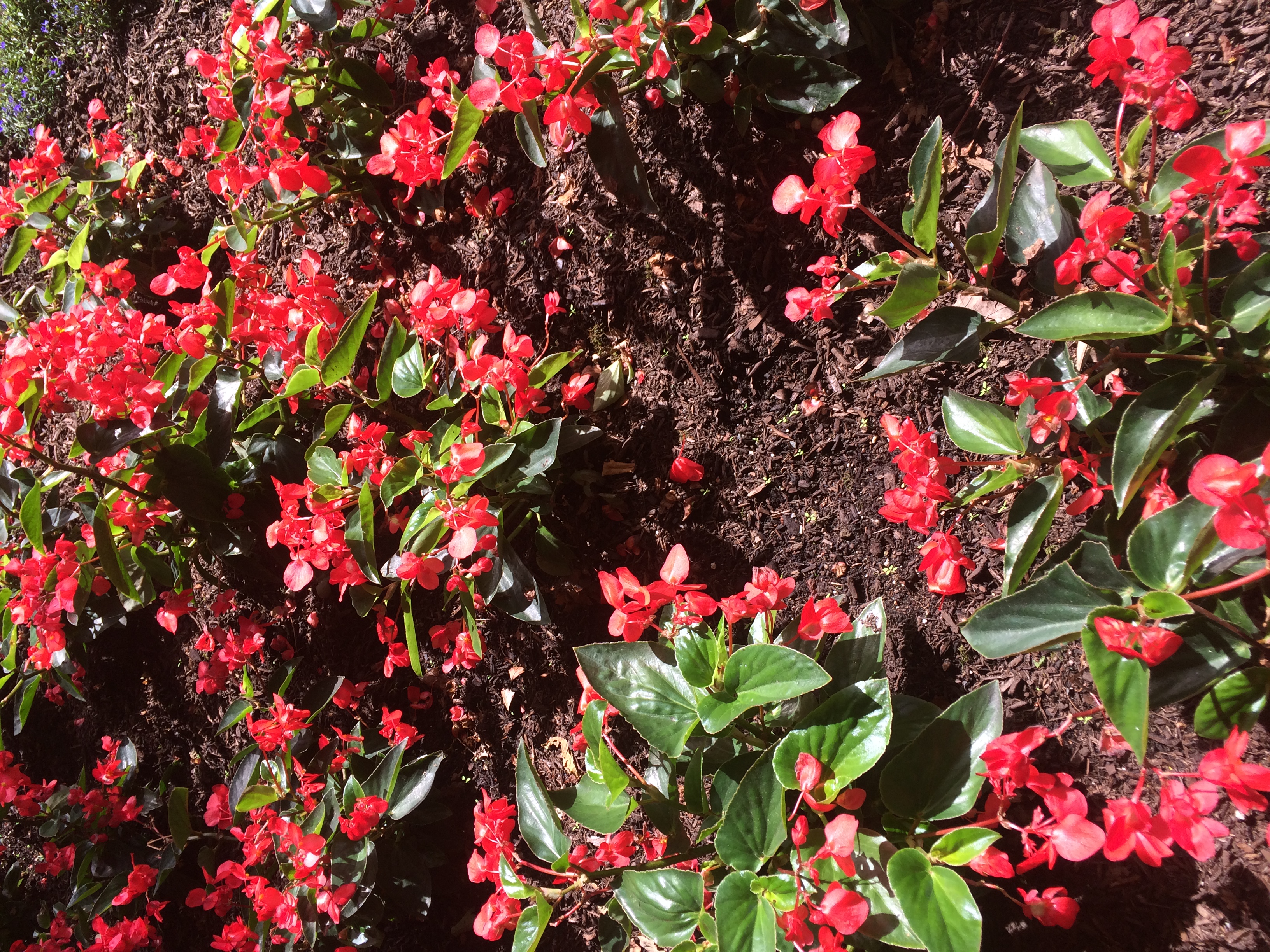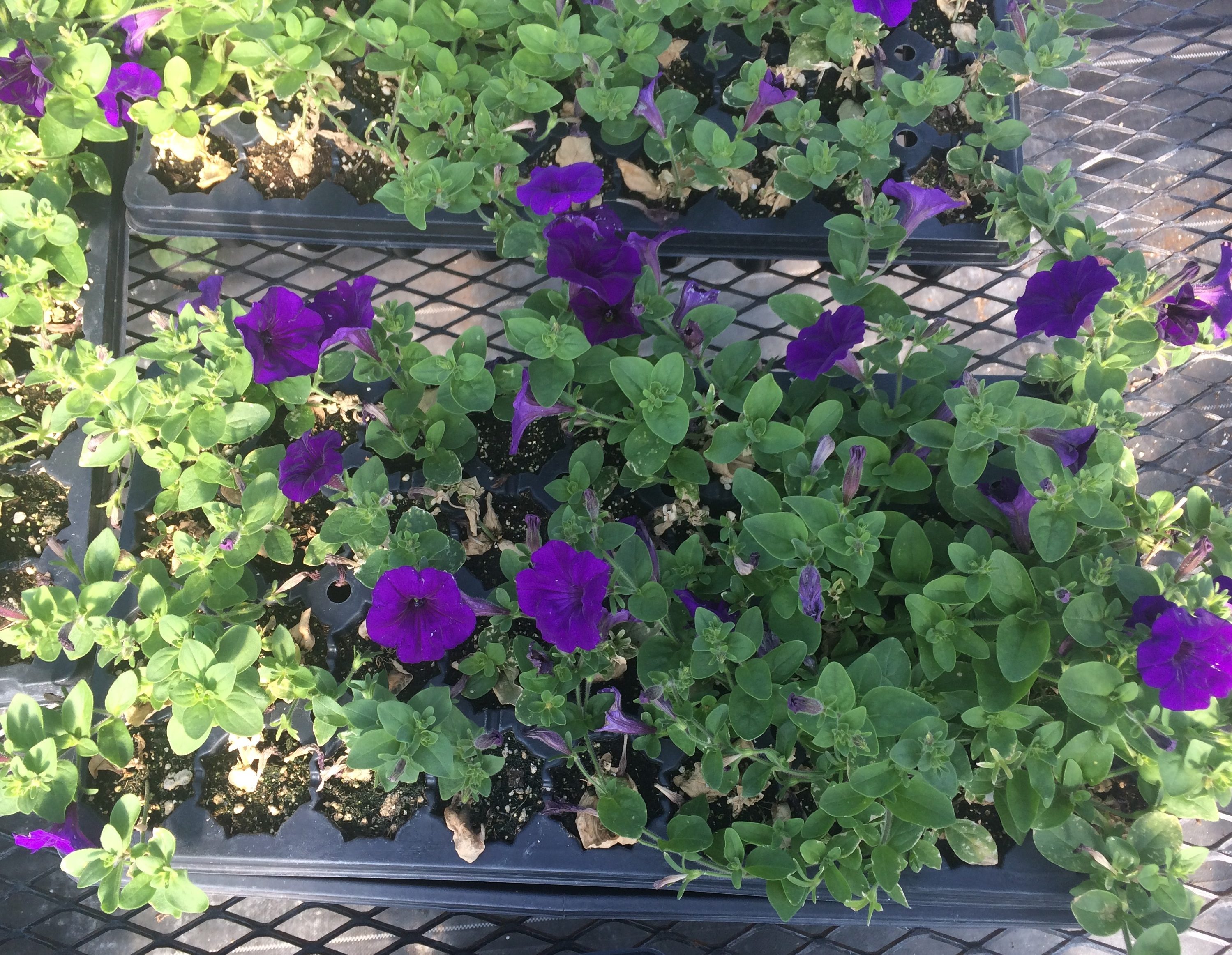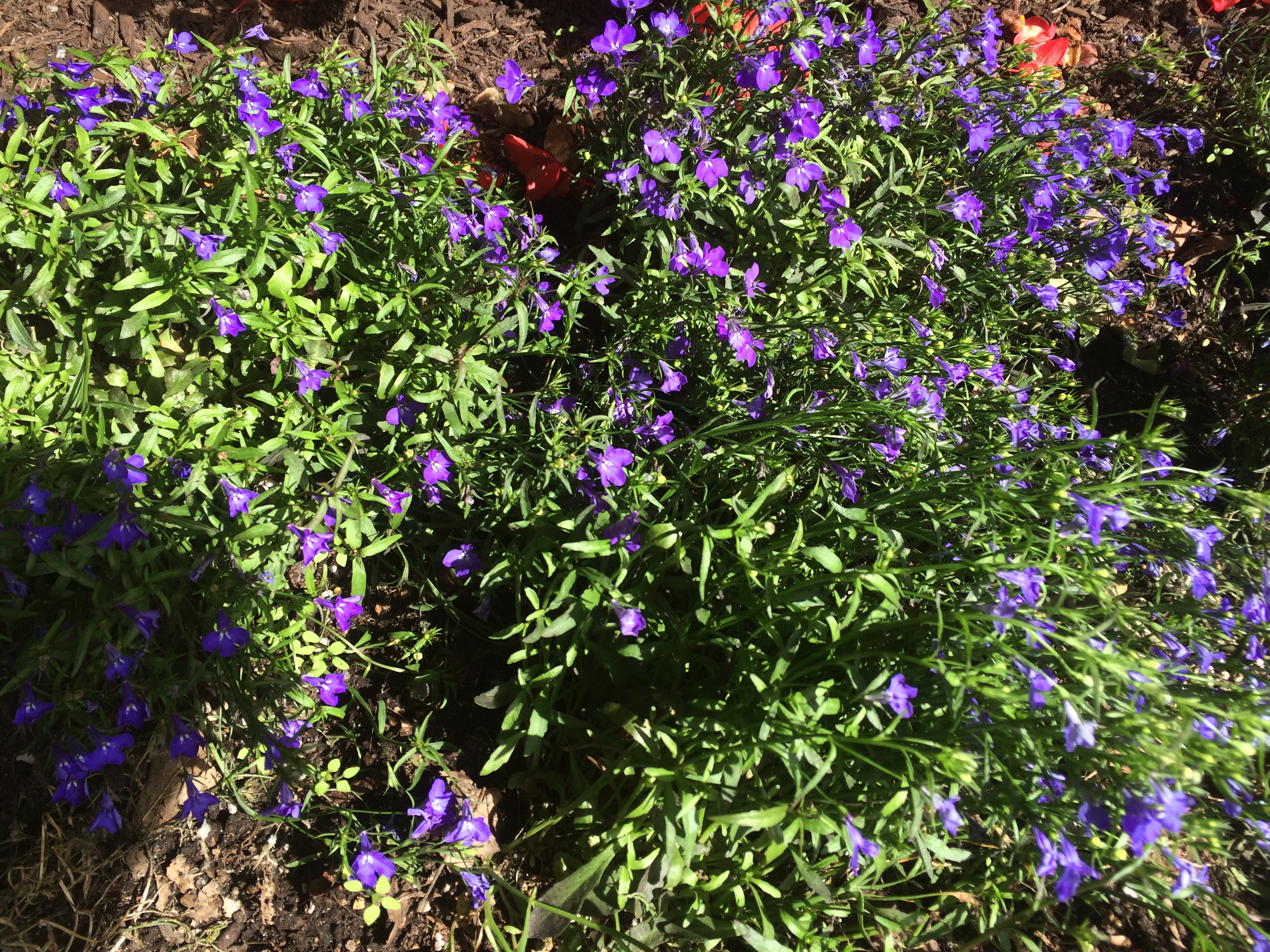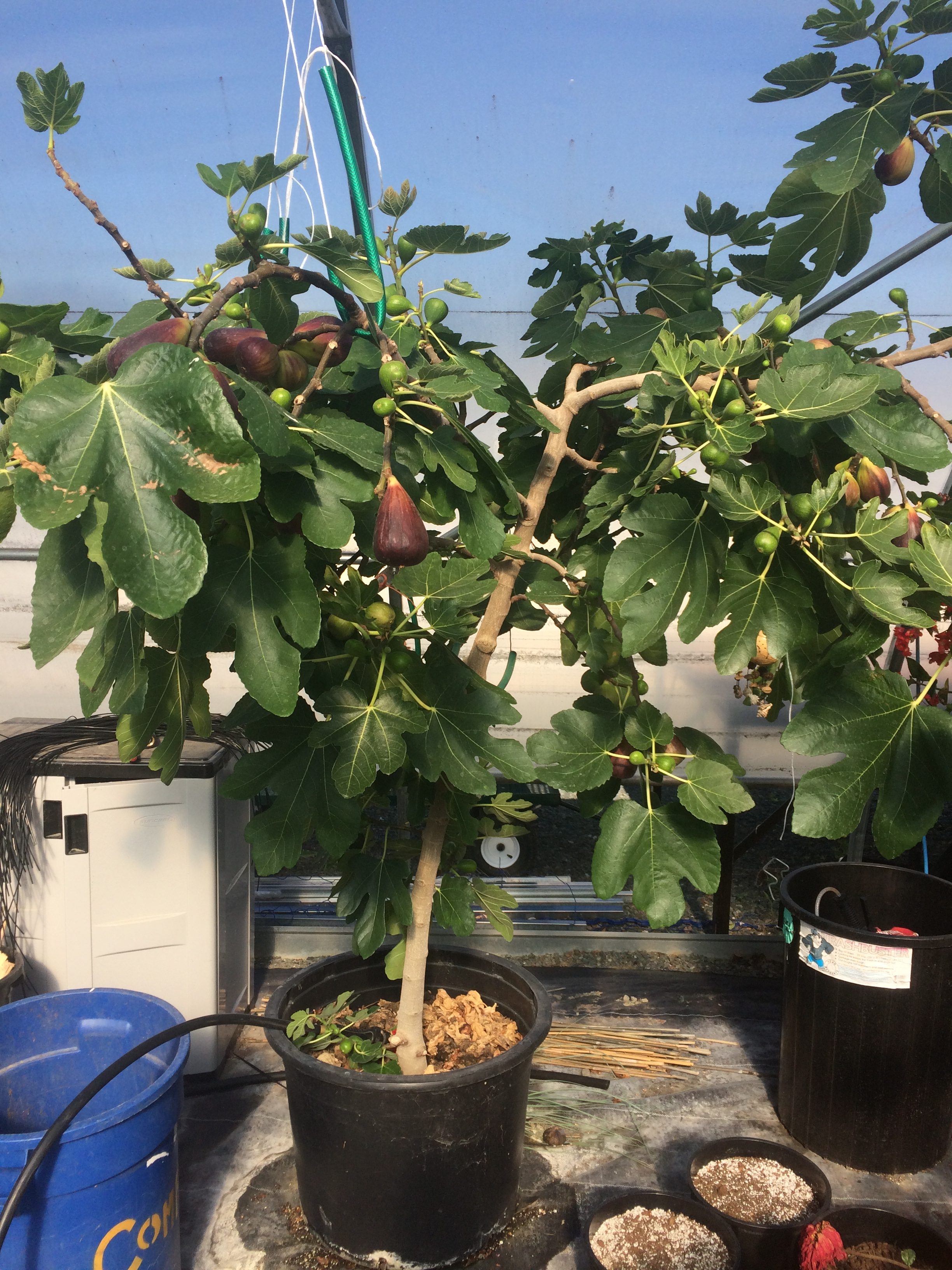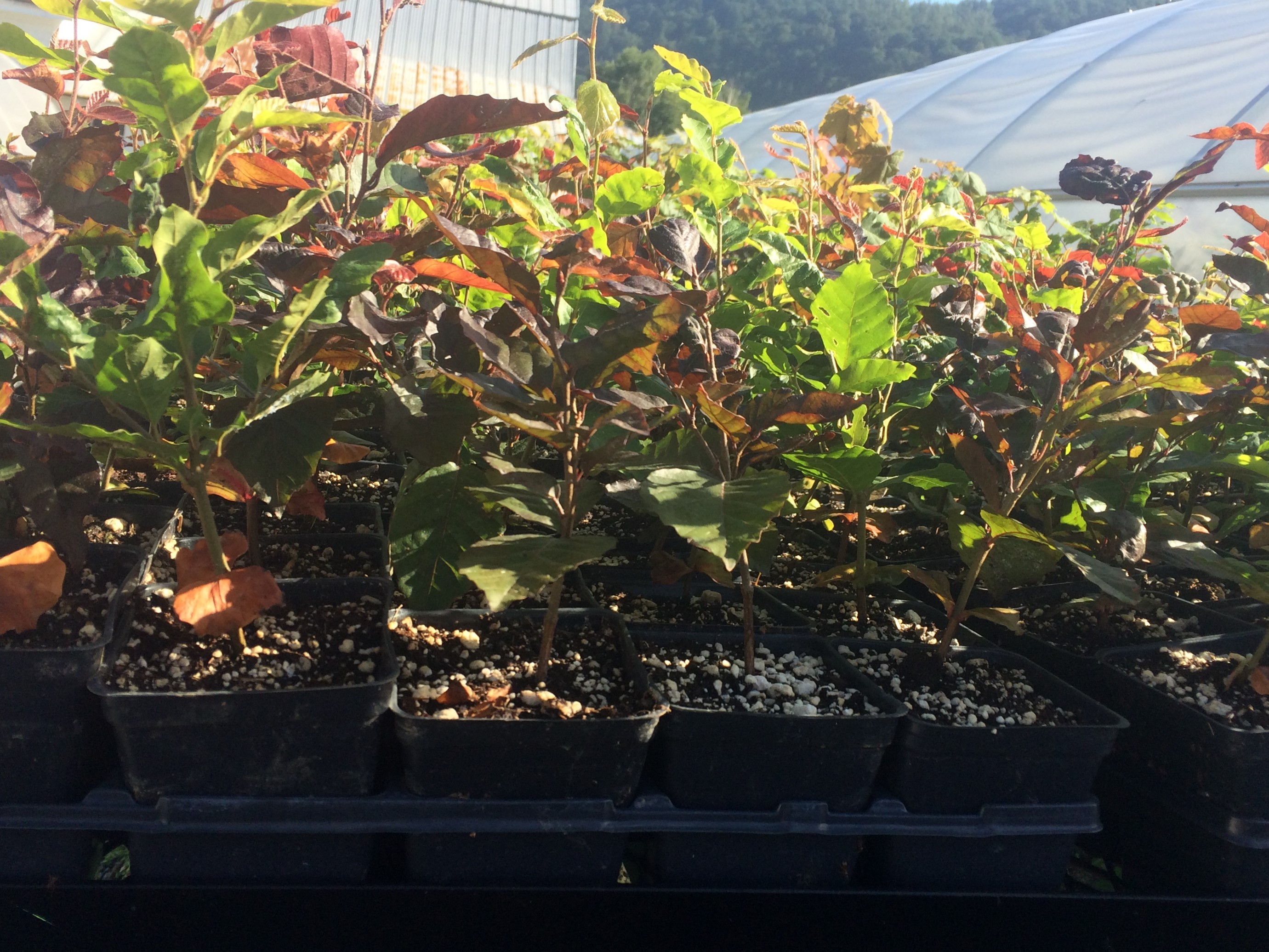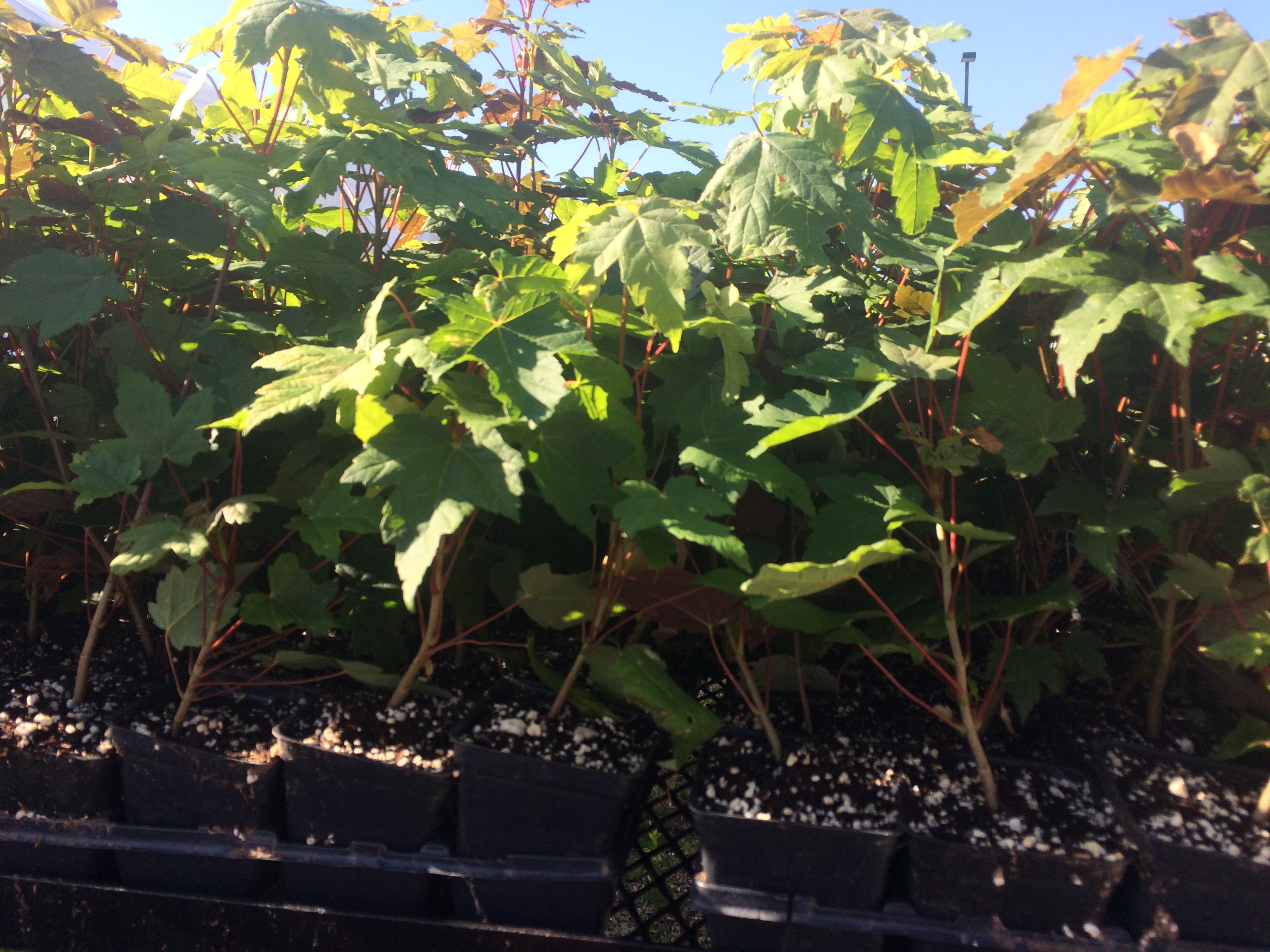Interpersonal Skills
When I originally outlined my learning objectives for the summer, I did not intend to focus my energy on improving my interpersonal skills- after all, surely my previous work and team experience from volleyball developed those skills enough? However, I have been surprised by what I have learned here in Agassiz and it will prove to be very useful to me when I return to school, volleyball and for my future jobs. What I have learned has to do with hard work. Perhaps being around elite athletes and UBC students gave me reason to take hard workers for granted and maybe I even thought that I was a hard worker too. My supervisor Meg works at a fast pace, is ambitious and no one would call her a slouch- I think that her and I make a pretty good team. We had an experience where a new summer student came to work with us for a few days to help us with some physical labor. I was astonished to see the work ethic he had! Upon one of our early chats, he boasted of how he considered himself to be lazy and didn’t work very hard- this was made all too obvious to us when we put him to work. When I saw how bad this student looked when he was lazy and when I heard how other staff members talked about him, it made me realize how your coworkers really do pay attention to you and they remember your work ethic whether it’s lazy or hardworking. A positive example was after our Open House on July 16th, full-time staff recognized and appreciated all the students who had put in time and work to volunteer at the event. Learning that hard work does not go unnoticed has made me motivated to do even more at work because I know that people will appreciate it.
In my learning objectives, I outlined my desire to improve;
- Working alone in various situations while maintaining focus. Also, the student will need to be able to identify hazards of their working environment (if any) and prepare accordingly.
- Maximize my learning by asking questions to my supervisor and other staff.
- Punctuality on a day-to-day basis so that daily check-in with the supervisor can begin on time and respect the needs of the supervisor.
- Participating in work related team building activities to contribute to the sense of community at the research center.
I definitely noticed the relevance of these points throughout the summer and I worked hard to improve on my weaknesses. Firstly, there were many afternoons, days or even entire weeks when I would be working alone so setting my own schedule and maintaining focus were important to get my work done. Furthermore, I found that paying attention to hazards such as wildlife and mechanical issues while alone were much more important to stay safe. Next, I’m extremely confident that I did a good job of asking questions to Meg, technicians, the mechanics and the scientists to help me increase my general knowledge and to improve my ability to complete my daily work. At the end of the summer, I conducted a short set of interviews with some of the scientists and technicians to learn more about what they do. Improving my punctuality was something I had to constantly focus on and strive to improve as there are always distractions which could make me late from breakfast, coffee break or lunch time. I noticed that Meg was sensitive to me arriving late as she hardly takes a break so I worked to improve this over the summer. Lastly, I can definitely say that I participated in staff activities not only because it builds moral or because it looks good to my boss, but because it was fun! There were staff wiffle ball and soccer games and I helped at staff lunches and I organized the kids zone at the Open House in July. Furthermore, there were after hours student events such as badminton, camping and karaoke that I faithfully attended. These various activities allowed me to get to know staff and students so much better.
Skills and Traits to Improve on
Listed below are the skills and traits to improve on that are outlined in my learning objectives and how I worked to improve them;
- My ability to focus and stay on task when working alone. There were many days when Meg would leave me to work completely alone while she took summer holidays or had to attend appointments. I found that without someone to talk with and to motivate me, I got lonely and it could be hard to stay focused. I found I’d be tempted to stay longer at breaks or to check my phone more frequently to get the human attention I craved. I found that breaking up my jobs so that I wouldn’t be doing the same task for many hours really helped me to stay interested and motivated to work. Also, I could sometimes play some music so that I would have something to keep me mind stimulated as I would when I have a companion to work beside.
- Punctuality on a day-to-day basis. While I never became perfect on punctuality, I worked hard to be on time throughout the summer. I would set my morning alarm a bit earlier so I would arrive at work on time and during breaks, I’d do a better job of checking the time and leaving a few minutes early just in case someone stopped me on the way back out to the field.
- Thoroughness in more complex duties. There were some tasks that Meg and I did which required a more meticulous and focused work method such as working with chemicals, fungicides and when trimming some very sensitive bushes. I found the most helpful tool to stay focused and not get frustrated or anxious to finish was to stay patient and take quick breaks when I felt like I was in a state which could lead to me making mistakes.
Blog Wrap up
When I think about the summer I have had in Agassiz working at the Research and Development Center, I am filled with emotions and nostalgia kicks in. Firstly, working at the Research Center and living at the UBC Dairy Farm has taught me so much technical skills about greenhouse crops, horticulture, berry breeding, animal welfare, animal reproduction and groundskeeping. I can’t begin to explain all of the technical skills I have gained and how well they will serve me in the future. I’m very proud to be able to better handle machinery as that was an area I knew very little about at the beginning of the summer. I absolutely loved living in the town of Agassiz because it is so beautiful and there is so much to do! Nearby, there are campsites, mountains, hikes, bird watching hotspots and tourist areas. Lastly, The friends that I made at work and the UBC Dairy farm are unlike any others that I have met and I have never had a summer where I felt as wholly satisfied as this summer. I was very sad to return to Vancouver because I didn’t want my experience to end- in fact I cried the day that I moved out. But I realize that I am so lucky to have something that is so hard to lose and to leave behind.
Here are some of my favorite memories from the summer:
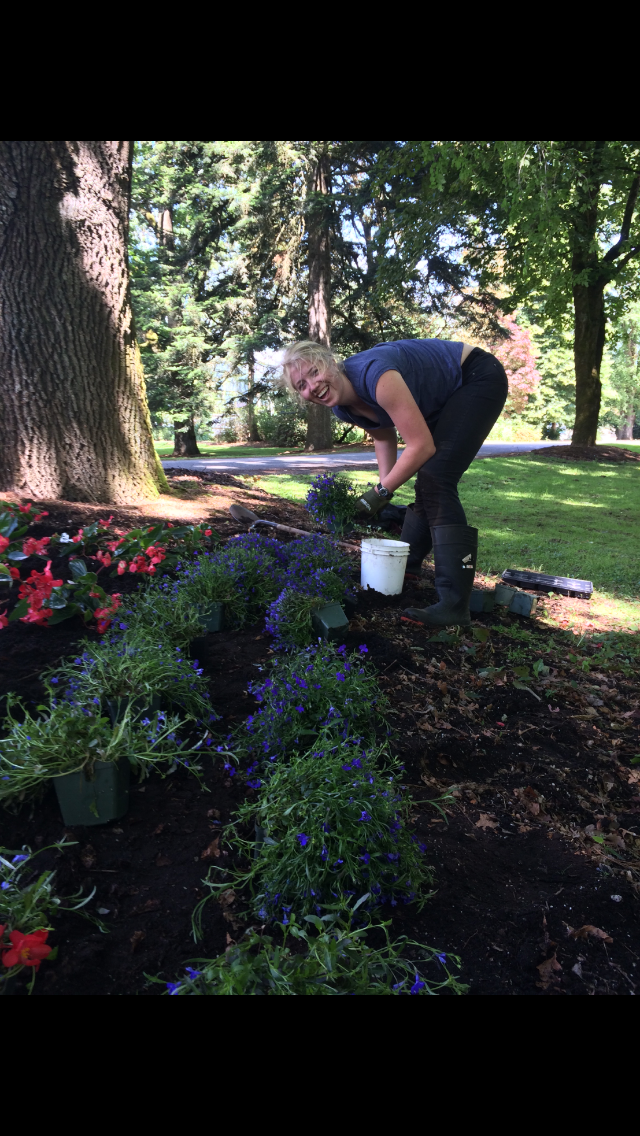
Planting flowers on a clear day in spring

Visiting the Cloverdale Rodeo on May long weekend
Exploring Sasquatch Provincial Park

Visiting the Othello Tunnels

Bridal Falls
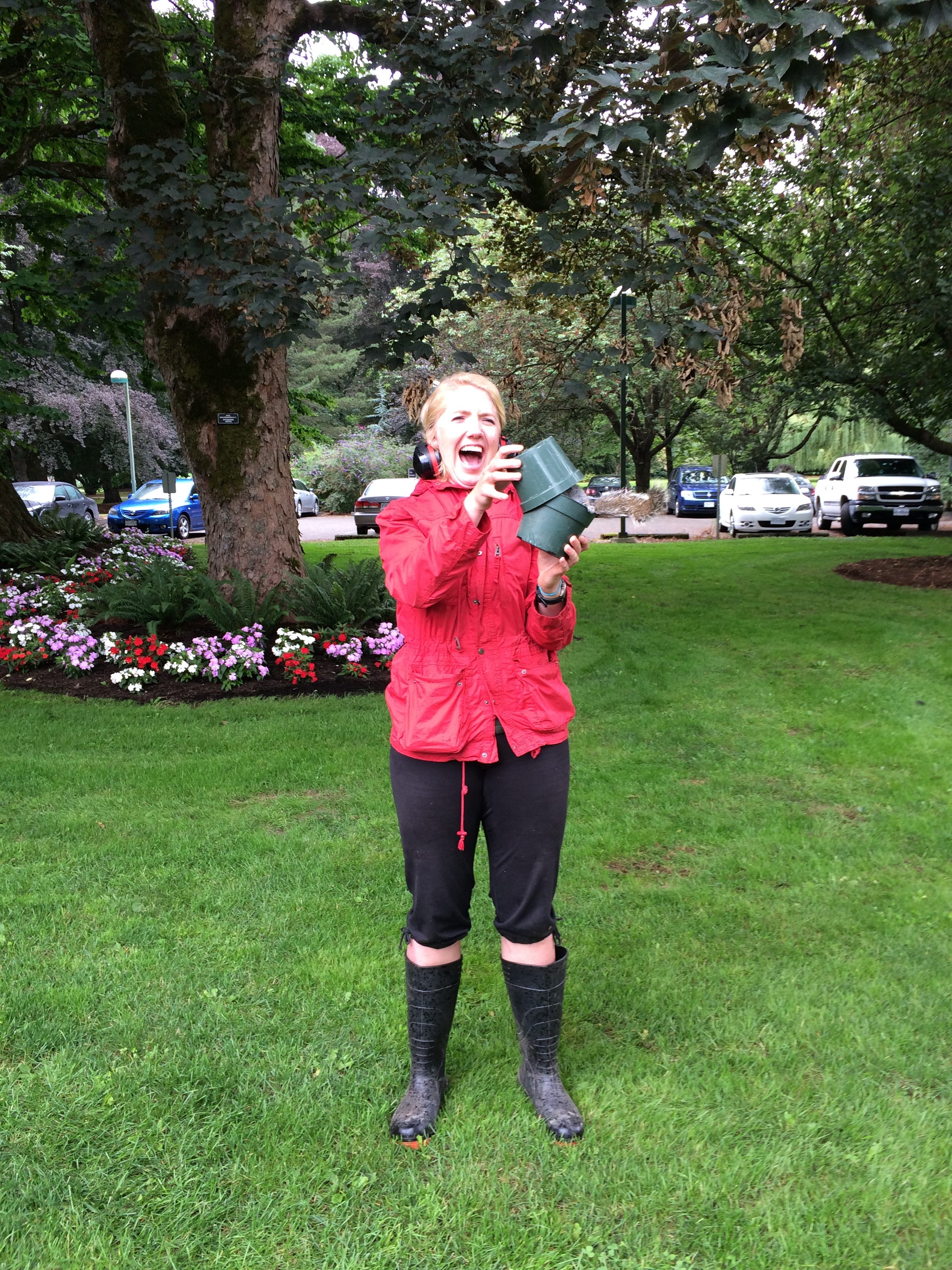
Serving my boss Meg a surprise- a dead squirrel squished between two flower potts

Visiting Wells Gray Provincial Park on the August long weekend

Enjoying the sun with Shaan and Molly- coworkers from Ag Canada who attend UBC
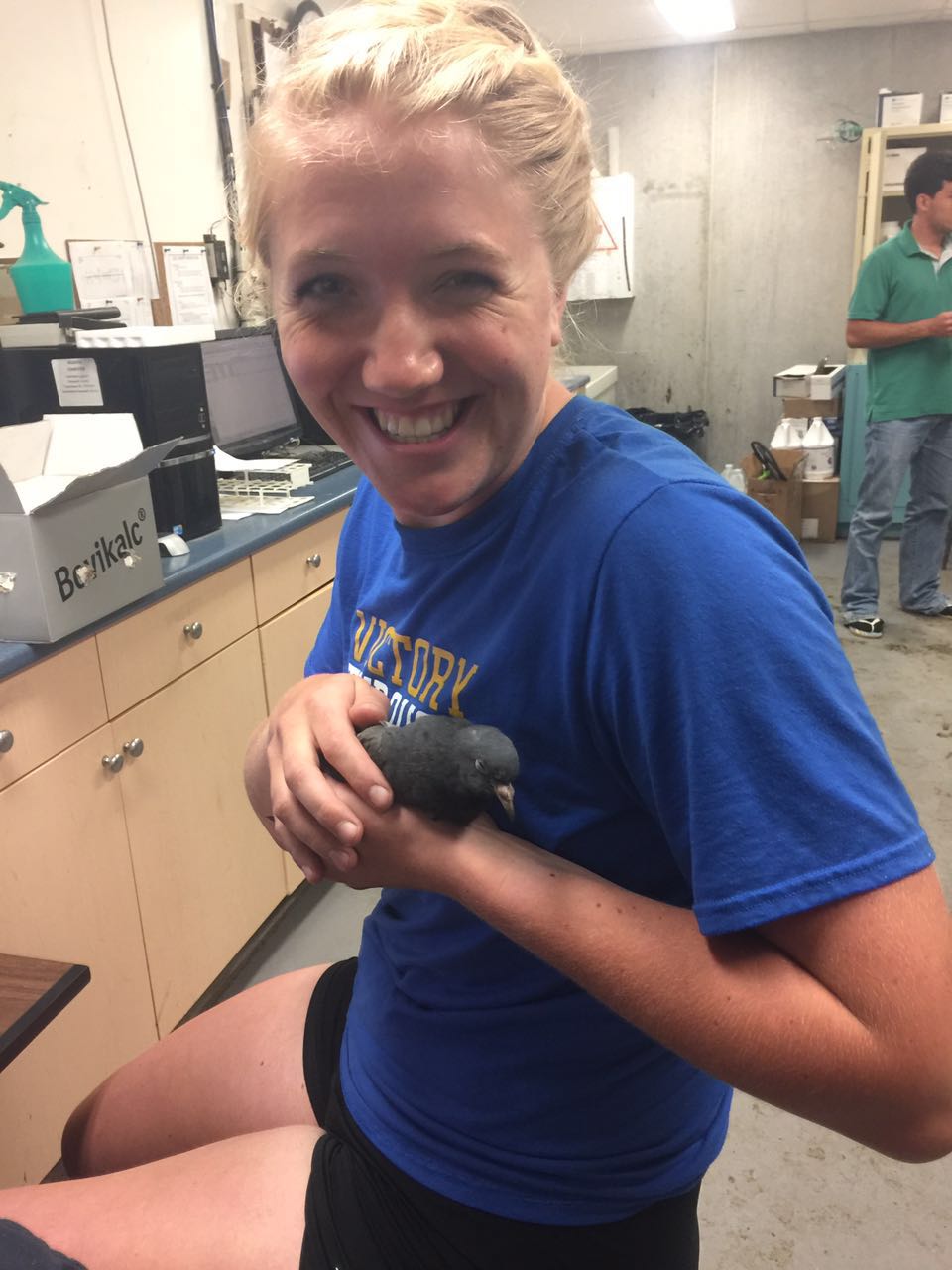
Helping an injured pigeon in the UBC Heifer barn
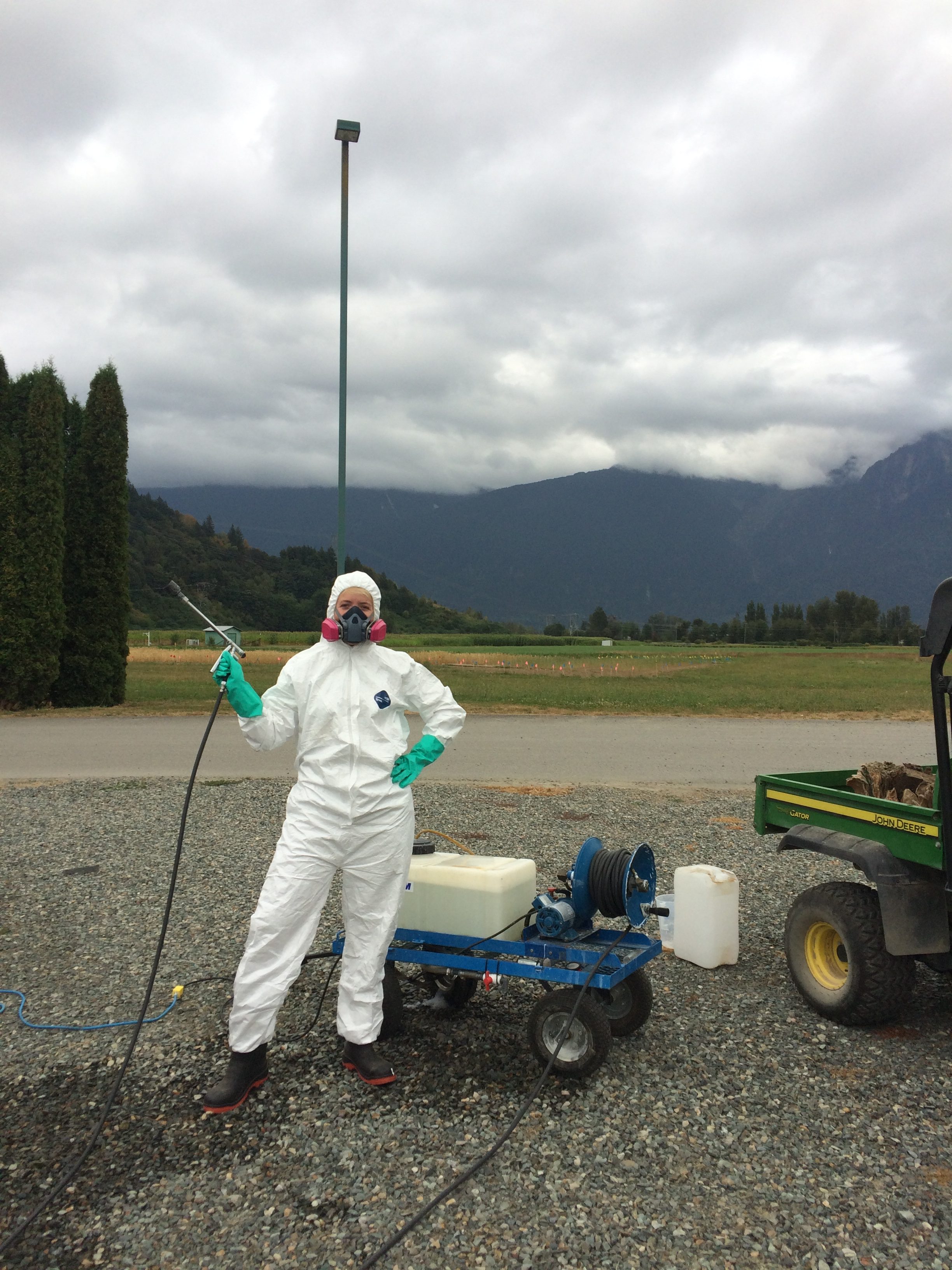
Preparing to spray weeds while sporting the appropriate PPE
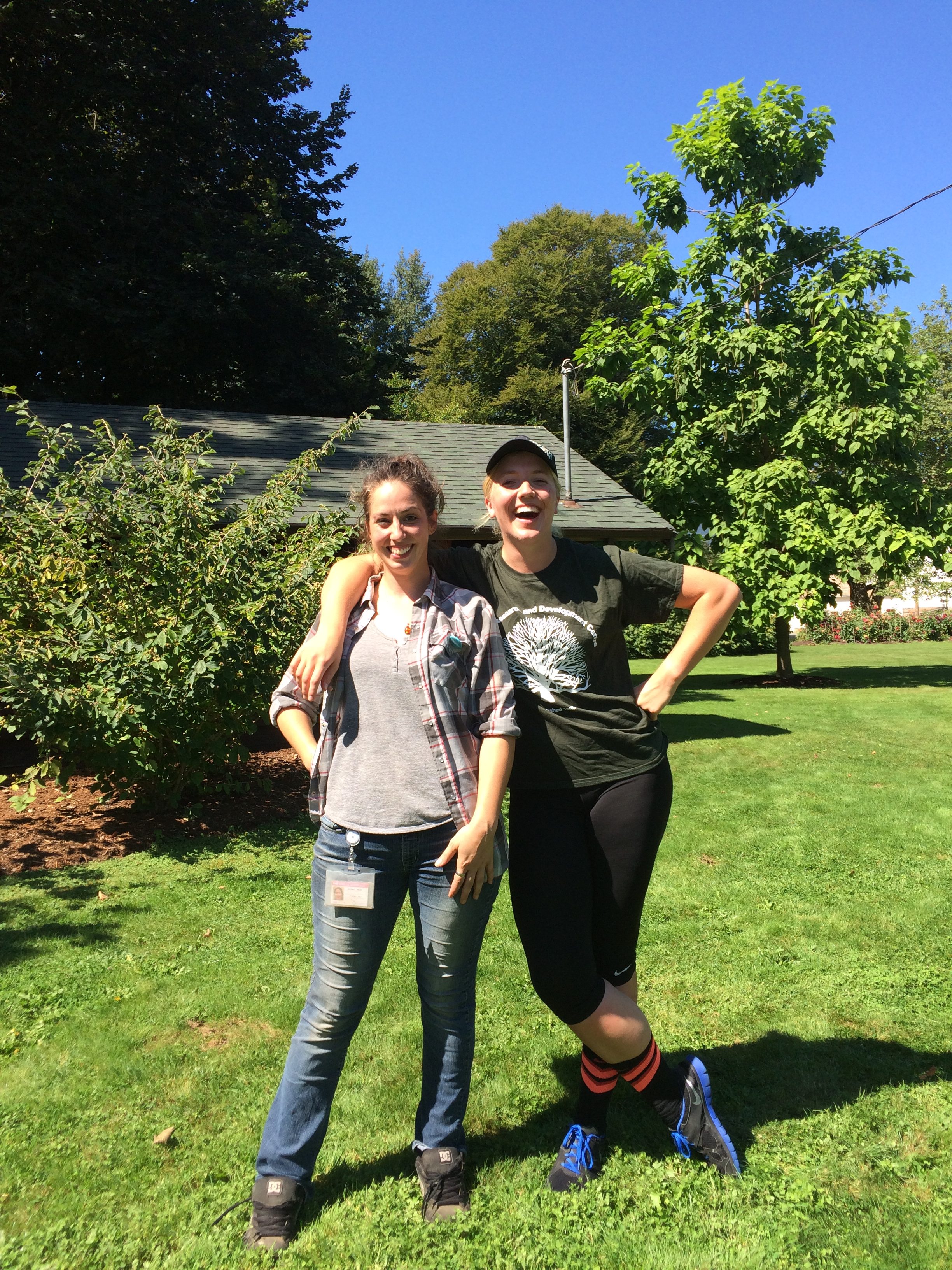
The boss and me
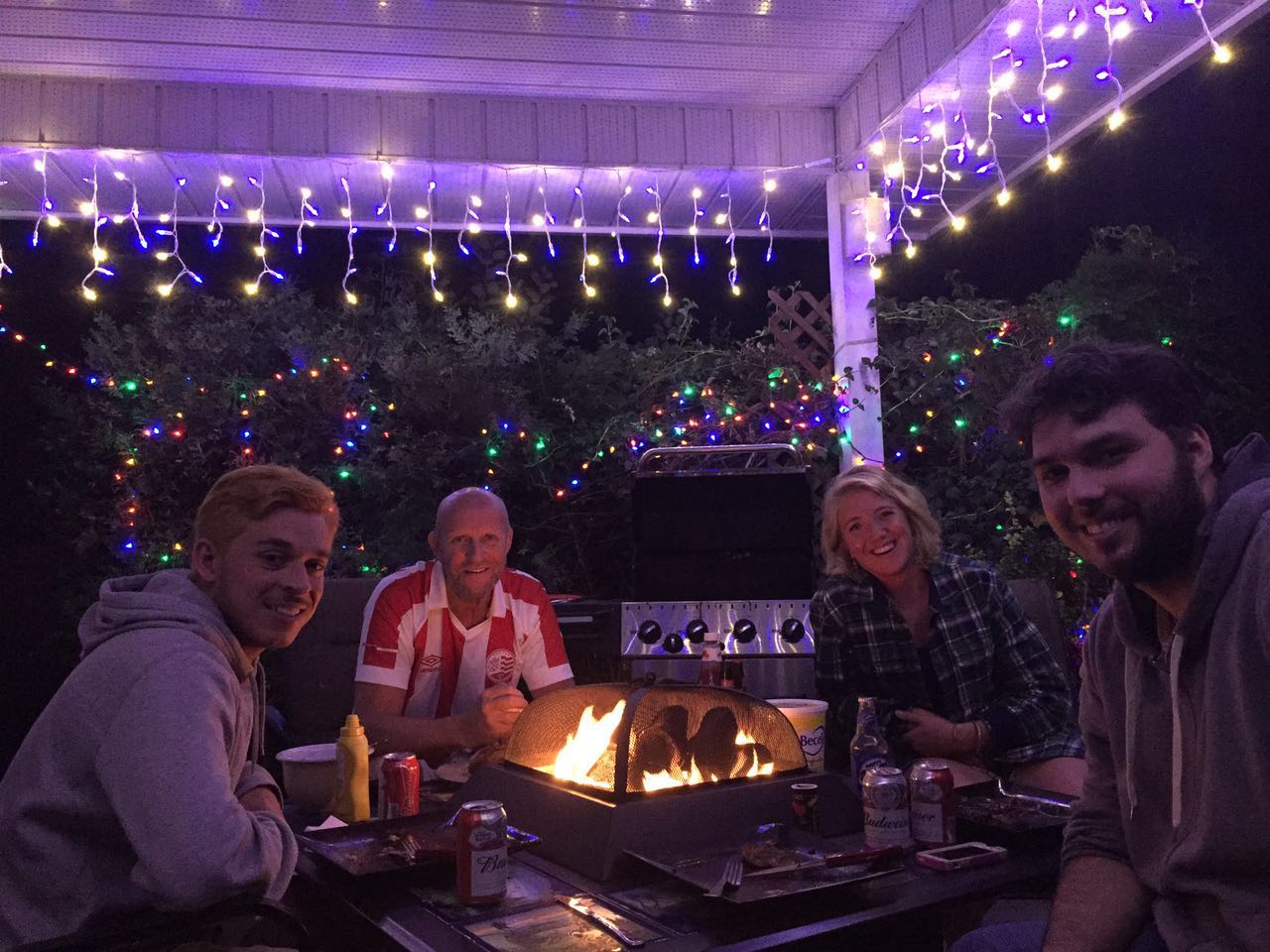
Enjoying a BBQ with a UBC Dairy farmer and two Brazilian veterinary students

Attending the UBC Calendar Garden Party with some Ag Canada Students- it’s reassuring to realize that we will still be seeing eachother

![IMG_8841[1]](https://blogs.ubc.ca/lauramactaggartdirectedstudy/files/2016/07/IMG_88411.jpg)
![IMG_8817[1]](https://blogs.ubc.ca/lauramactaggartdirectedstudy/files/2016/07/IMG_88171-e1469304168995.jpg)
![IMG_8843[1]](https://blogs.ubc.ca/lauramactaggartdirectedstudy/files/2016/07/IMG_88431.jpg) Lacewings can either be released to the greenhouse from the emergents bug house or from the adult house if it is overpopulated. At the moment, most of the ornamental crops from Meg’s greenhouse have been planted throughout the grounds so we have no use for the lacewings. However, the greenhouse department has year-round indoor crops such as tomatoes and raspberries so they are contently fighting with greenhouse pests and have use for our predatory insects. When working with the Lacewings, I have to keep a close eye out that none escape, and if they do, I have to catch them and return them to their bug house. Catching Green Lacewings is a very amusing job that I really enjoy doing as it feels like I’m taking part in calf roping in a rodeo. They are caught by pinching the wings together- which is tricky if they are very nervous and flying around.
Lacewings can either be released to the greenhouse from the emergents bug house or from the adult house if it is overpopulated. At the moment, most of the ornamental crops from Meg’s greenhouse have been planted throughout the grounds so we have no use for the lacewings. However, the greenhouse department has year-round indoor crops such as tomatoes and raspberries so they are contently fighting with greenhouse pests and have use for our predatory insects. When working with the Lacewings, I have to keep a close eye out that none escape, and if they do, I have to catch them and return them to their bug house. Catching Green Lacewings is a very amusing job that I really enjoy doing as it feels like I’m taking part in calf roping in a rodeo. They are caught by pinching the wings together- which is tricky if they are very nervous and flying around.![IMG_8846[1]](https://blogs.ubc.ca/lauramactaggartdirectedstudy/files/2016/07/IMG_88461.jpg)
![IMG_8812[1]](https://blogs.ubc.ca/lauramactaggartdirectedstudy/files/2016/07/IMG_88121-e1469304468394.jpg)
![IMG_8810[1]](https://blogs.ubc.ca/lauramactaggartdirectedstudy/files/2016/07/IMG_88101.jpg)
![IMG_8791[1]](https://blogs.ubc.ca/lauramactaggartdirectedstudy/files/2016/07/IMG_87911.jpg)
![IMG_8790[1]](https://blogs.ubc.ca/lauramactaggartdirectedstudy/files/2016/07/IMG_87901-e1469305063746.jpg)
![IMG_8798[1]](https://blogs.ubc.ca/lauramactaggartdirectedstudy/files/2016/07/IMG_87981-e1469305035793.jpg)
![IMG_8691[1]](https://blogs.ubc.ca/lauramactaggartdirectedstudy/files/2016/07/IMG_86911-e1467953532582.jpg)
![IMG_8697[1]](https://blogs.ubc.ca/lauramactaggartdirectedstudy/files/2016/07/IMG_86971.jpg) Most students are familiar with a meal worm’s life cycle from their elementary school science classes and have fond memories of watching them evolve from a worm to a beetle. It is very fun for me as an adult to be able to work with them again in a practical and scientific way. These worms are reared to serve as food to the Stink Bugs and they are particularly easy to work with and they are cheap to keep. All they require is food (either an apple or a carrot) and habitat (a cornmeal bed covered with a layer of paper towel). Interestingly, they use the paper towel as food as well as shelter and when searching for worms to feed to the Stink Bugs, I am always sure to find some directly under a paper towel piece. The worm habitat is shown below:
Most students are familiar with a meal worm’s life cycle from their elementary school science classes and have fond memories of watching them evolve from a worm to a beetle. It is very fun for me as an adult to be able to work with them again in a practical and scientific way. These worms are reared to serve as food to the Stink Bugs and they are particularly easy to work with and they are cheap to keep. All they require is food (either an apple or a carrot) and habitat (a cornmeal bed covered with a layer of paper towel). Interestingly, they use the paper towel as food as well as shelter and when searching for worms to feed to the Stink Bugs, I am always sure to find some directly under a paper towel piece. The worm habitat is shown below:![IMG_8696[1]](https://blogs.ubc.ca/lauramactaggartdirectedstudy/files/2016/07/IMG_86961.jpg)
![IMG_8698[1]](https://blogs.ubc.ca/lauramactaggartdirectedstudy/files/2016/07/IMG_86981-e1467953831775.jpg)
![IMG_8700[1]](https://blogs.ubc.ca/lauramactaggartdirectedstudy/files/2016/07/IMG_87001-e1467953890162.jpg)
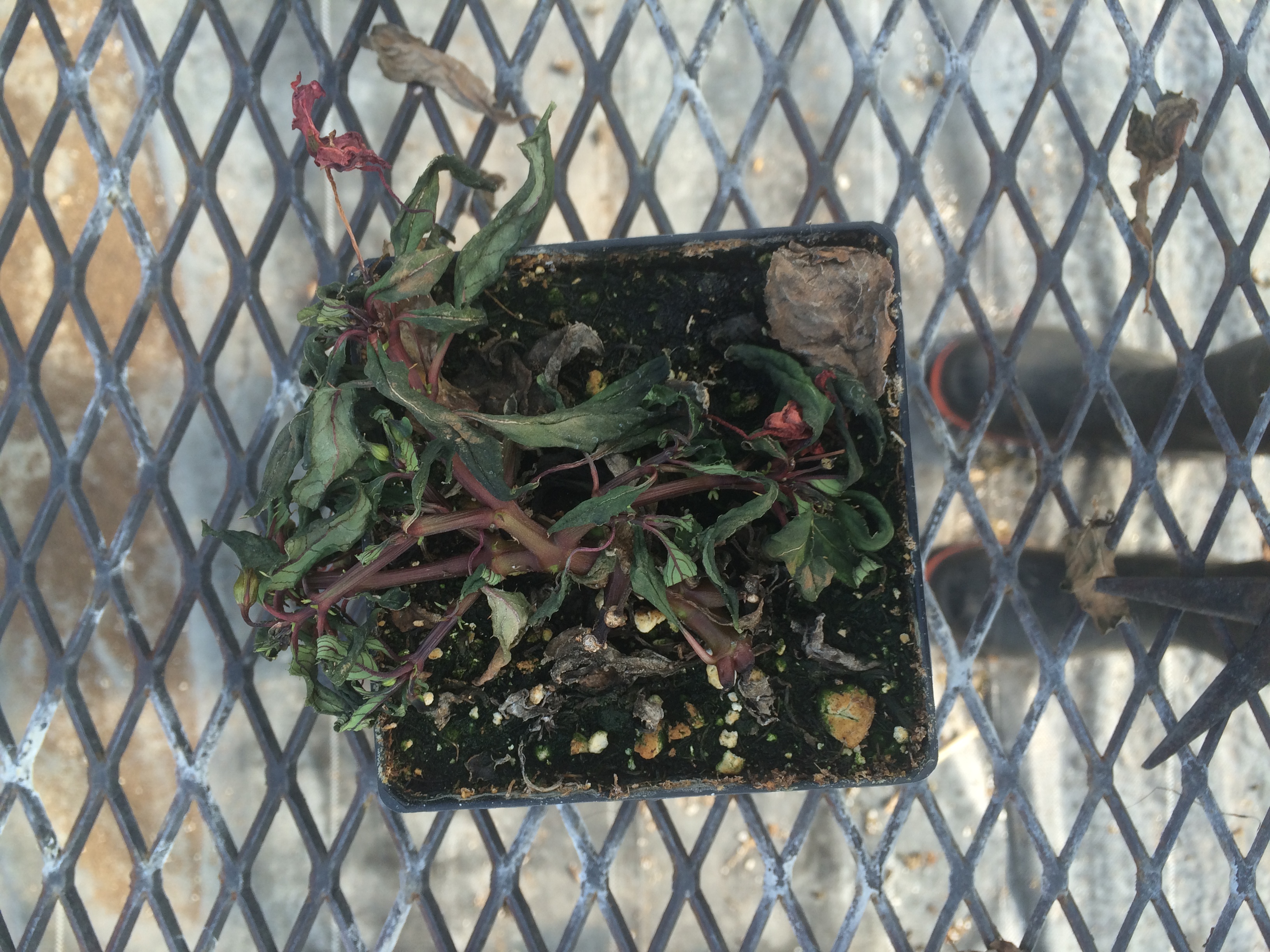
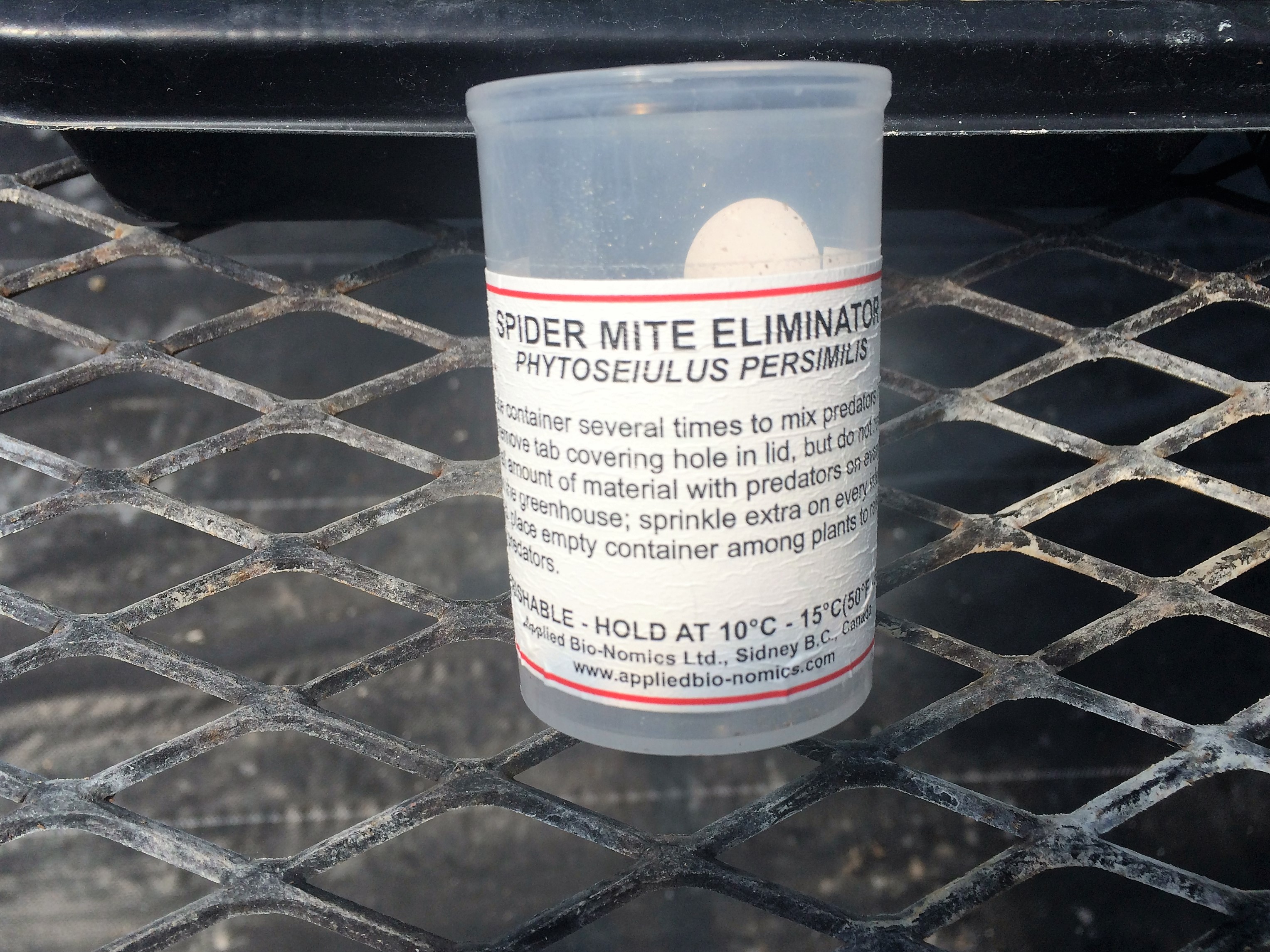
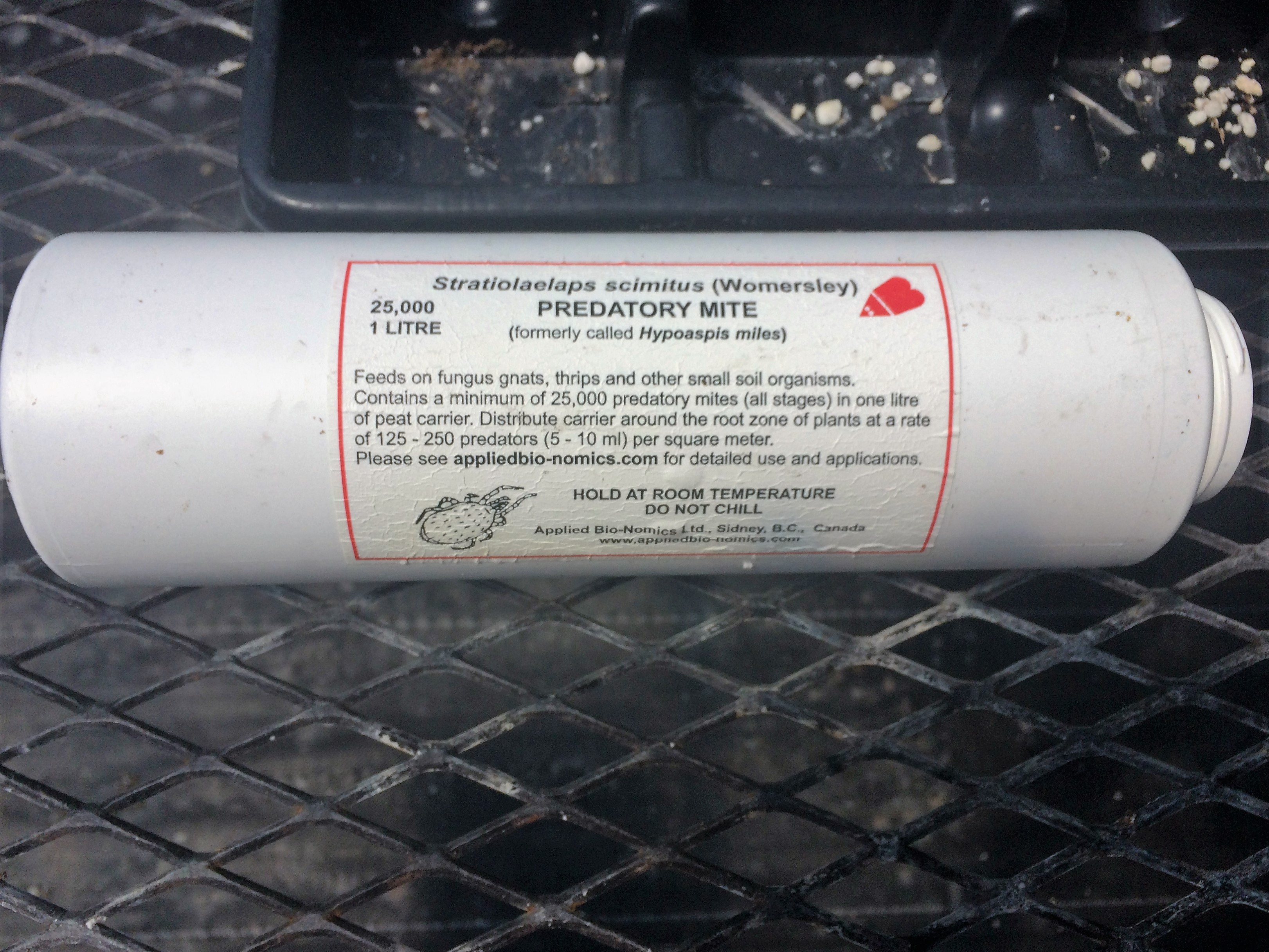
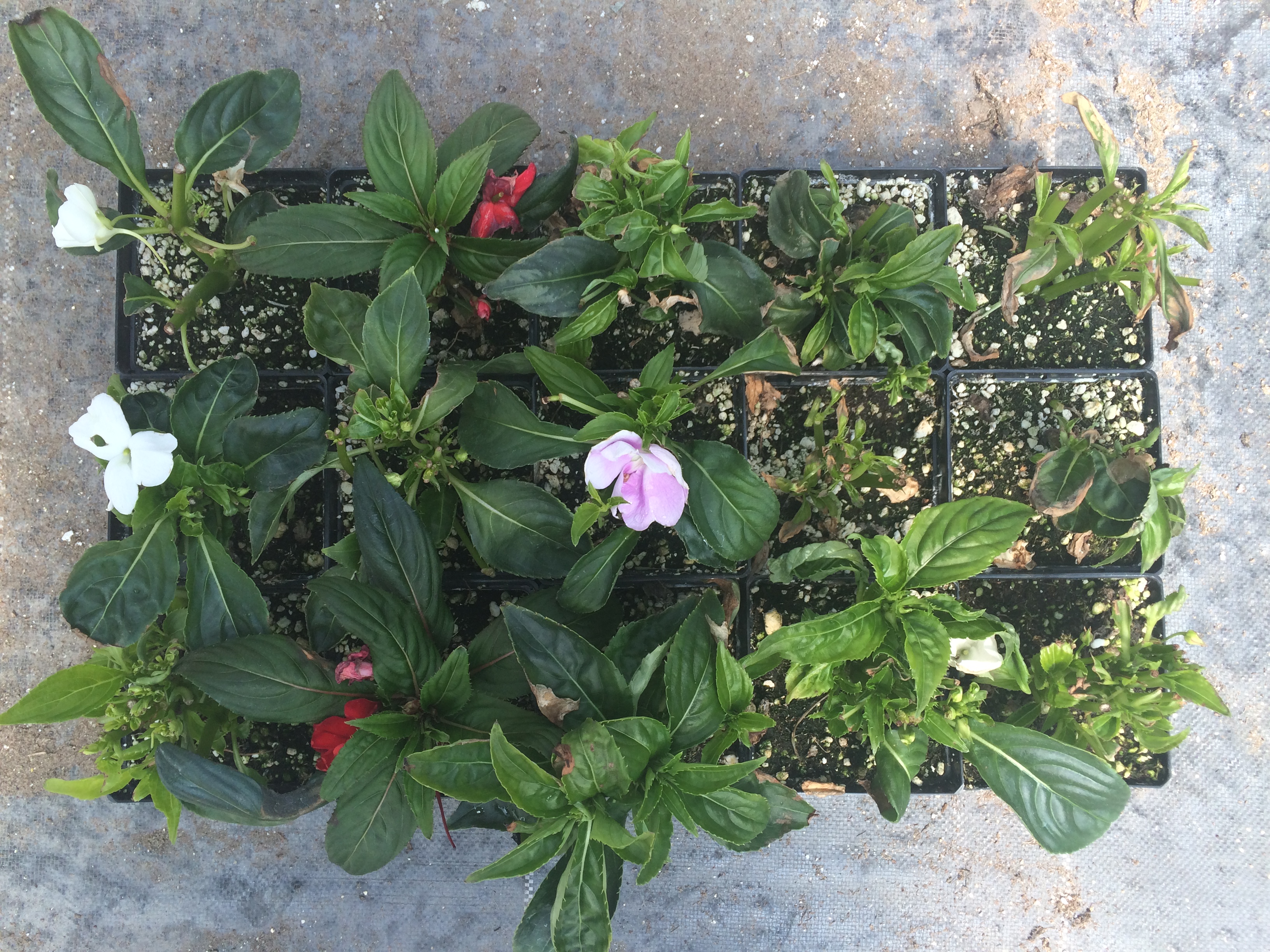
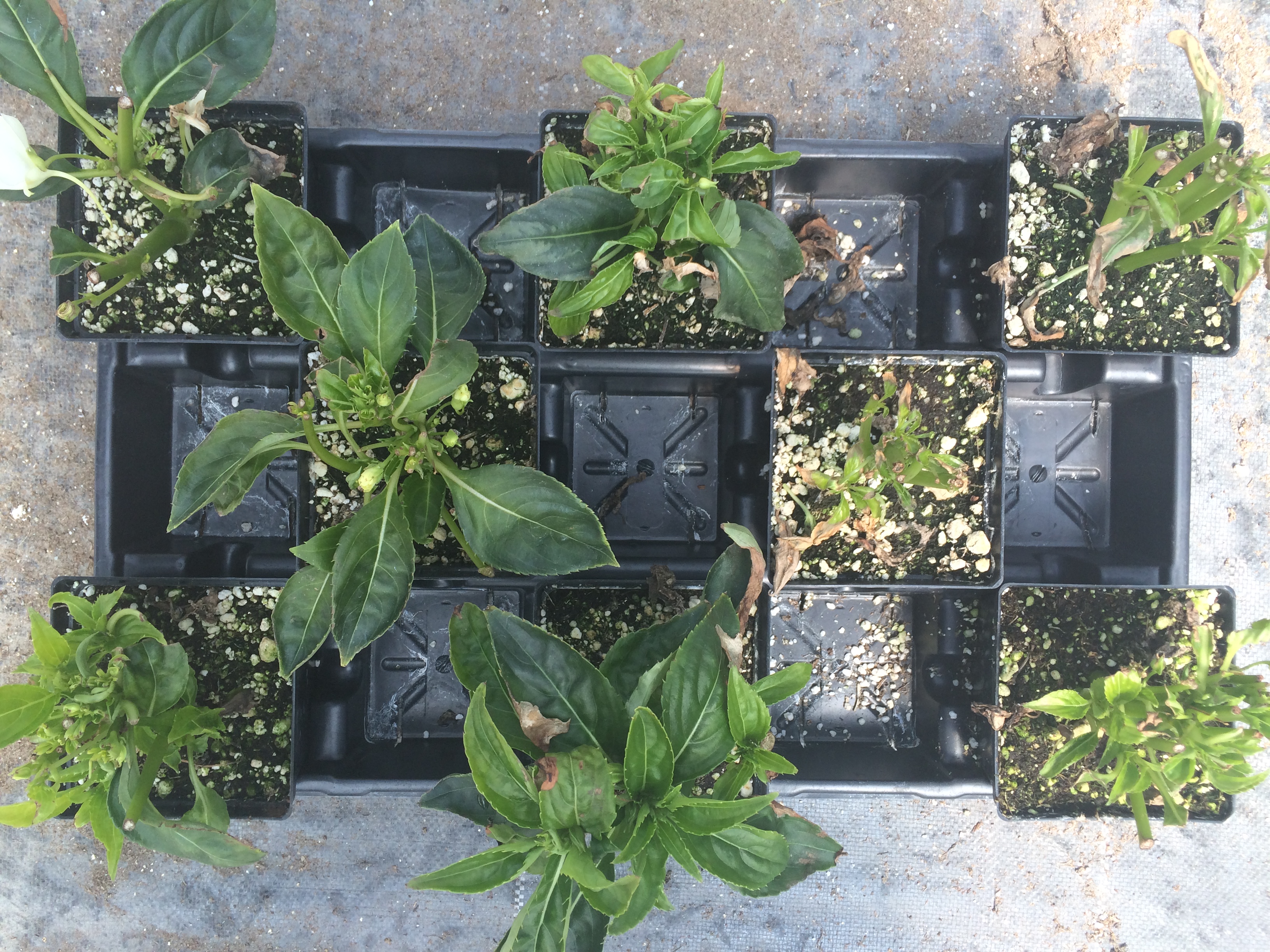 Listed below is the type of crops we have grown in the groundskeeping greenhouses this year and the most popular varieties:
Listed below is the type of crops we have grown in the groundskeeping greenhouses this year and the most popular varieties: